“YAKADI!” was the sudden and unexpected cry that sliced through the dusk air. Djuker, our Aboriginal tour guide was calling out to let others know we are approaching camp for the night.
Yakadi is the Palawa version of ‘cooee’ and it was a sharp cry our little group of nine came to expect during our journey on the Wukalina Walk.
We started our four-day experience on the wukalina Walk with our diverse tour group coming together at the Elders centre in Launceston, where we met a hilarious Aunty over warm homemade scones before jumping on a bus to drive to the start of the walk. After a warm welcome by Aunty, we went around the table and introduced ourselves. Amongst us the group there were tourism industry operators, an agricultural scientist and professor, an ESG Banker, an ecologist, geomorphologist, a botanist, psychologist, a conservationist – there were a few ‘ists’ – and lucky for us there was an Tasmanian Aboriginal cultural practitioner/curator.
Moving through the countryside our Palawa guide Zane, discussed the history and culture ingrained in the landscape; the way the Palawa managed this environment and its ecology for thousands of years. Something my mind struggled to imagine because what I mostly saw in that moment was farmed land.
We arrive on Trawlwoolway Country at the base of the Wukalina Summit and as we put on our gaiters to protect us from snake bites, we learn that ironically Mount Wukalina is 84 metres short of being a mountain, so we are essential climbing a really big hill.
We began our journey through the Lutruwita landscape as strangers, guided along a worn path which is the only indication of human intrusion, in stark contrast to the farming landscape we drove through just minutes before. We walk through pristine cold climate bushland alive with melaleuca and banksia, stopping every now and then to study Tasmanian Devil poo. The endangered Tasmanian Devil faces a very real threat of extinction from a contagious facial tumour disease. These unusual and fascinating animals have seen a population decline of more than 60% in the last 10 years.
We continue the walk and after not too long start the incline up Wukalina. Once we arrive at the summit, we are greeted by an amazing 360 degrees view of the rivers, bushlands and coastal plains that dominate the north-eastern landscape of Lutruwita. While we sat looking over the landscape learning the Palawa history and stories we hungrily ate a bushfood inspired picnic lunch. We listened to stories of how Truwana (Cape Barren Island) and other islands such as Tayaritja (Bass Strait Islands) were used as fire signal points to warn about the boats of European settlers. Wukalina was the stage for our opening story of the Palawa, one which would continue as we walked through the landscape, inviting us to go on a journey of truth telling through the eyes of the great Tasmanian Aboriginal people, the Palawa.
As we hike back down the big hill, walking to our destination for that day, krakani lumi – resting place. Moving through the bushlands we stop to hear about the kunea plant which has anti-inflammatory properties, it can be applied topically for swelling or mixed in a tea to ease cold and flu symptoms. We stop to see fire ants and learn how a single bite can cause anaphylaxis shock, so carefully forming a walking line just like ants, we keep moving careful not to bother them.
Bushlands gives way to heathland and eventually to coastal scrub as we continue on our walk to krakani lumi, our resting place, the air becomes lighter and crisper, the melalucas begin to dwindle as coastal wattle and tea tree dot the landscape but the hardy banksia persists a fixture of the landscape. The noises of the frogs and birds change along with the landscape and all the while our palawa guide hums a song to Country, all this creates a magical sensory experience and you’re constantly reminded of the Custodians of this landscape and their Connection to Country.
The sunsets across the wind-swept heath and it feels almost too dark to continue walking, Djuker yells out “YAKADI” to an awaiting support party to help guide our little group through the darkness. Stepping out of the darkness into the glow of the fires of our extraordinary home for the next two nights. Krakani Lumi’s domed huts pay respect to Palawa culture and the land on which they are situated. As we sit around the campfire, we are welcomed with song and dance and invited to pay our respects to Country, ancestors and to cleanse our spirits. After a dinner of fresh oysters, wallaby lasagne and mutton bird pie, we sat out under a dark sky littered with stars yarning and hearing the Dreaming late into the night. Looking up at the Milky Way and the Southern Cross there is a profound feeling of connection and peace.
As the sunrises we wake to the sound of possums and wallabies, we then come together for yoga before bush breakfast. Today is a day of cultural history and activities, we are guided through some cultural ‘living sites’, which are protected and very sacred sites as they show evidence of inheritance for thousands of years. Continuing into the day we have a choice of participating in cultural activities. We go foraging for saltwater muscles of the rocks and then we wander back to camp where there are clapping stick workshops and weaving workshops to participate in around the fire. We lose ourselves in these meditative practices as our lunch of muscles is cooked over an open fire. Getting into the evening there is another scrumptious dinner including traditional foods such as mutton bird, wallaby, and damper doughboys.
We say goodbye to krakani lumi and we start the walk towards larapuna, the Bay of Fires. Emerging from the coastal scrub and out onto the beach we walk for the day with our toes in the white sands and the cold crystal-clear sea lapping our legs. We hear about traditional Palawa practices and uses of the land, animals, and plants and how they supported the Palawa for thousands of years. We taste salt bush, coastal wattle, bower spinach and ruby saltbush. We learn about the kunigong plant, a coastal plant that works much like aloe vera and is great for skin care and for things like burns, rashes and scaring.
We hear about Snake Grass, one of many types of long grasses found along the walk. These grasses have many uses, but Snake Grass has a large seed that can be eaten fresh or can be ground to make flour for damper. The Snake Grass root can also be eaten and taste much like snow peas. As we group together atop the sand dunes, we hear the story of Tarenorerer, a young Aboriginal woman who became a resistance fighter during colonisation speaks to palawa defiance and survival.
After a day walking along beaches littered with red lichen, tiny seashells, and sculptural driftwood, we arrive at larapuna the Bay of Fires. People often think the bay is named for red lichen emblazoned rocks; it was named for the Aboriginal signal fires that ringed the bay, which warned of European ships. The colonial feeling continues with our accommodation for our final night we are staying in the lighthouse and its cottages.
In the morning we have special access to the lighthouse, only available for members of the wukalina walk. As we climb the winding stairs to the top, we catch the spectacular sunrise. It’s a moment where the reds, orange, and yellow colours of dawn clash with the lichen rocks across the bay.
After exploring the bay and surrounding area for the morning we are met by the bus to take us back to Launceston. It feels almost foreign to be at a fast-moving pace and I’m almost saddened knowing what was lost to build the road we are travelling on. Before we all part our ways someone mentions, “We met as strangers, we walked as friends, we farewell as family”. All thanks to the generous offer of the wukalina walk.

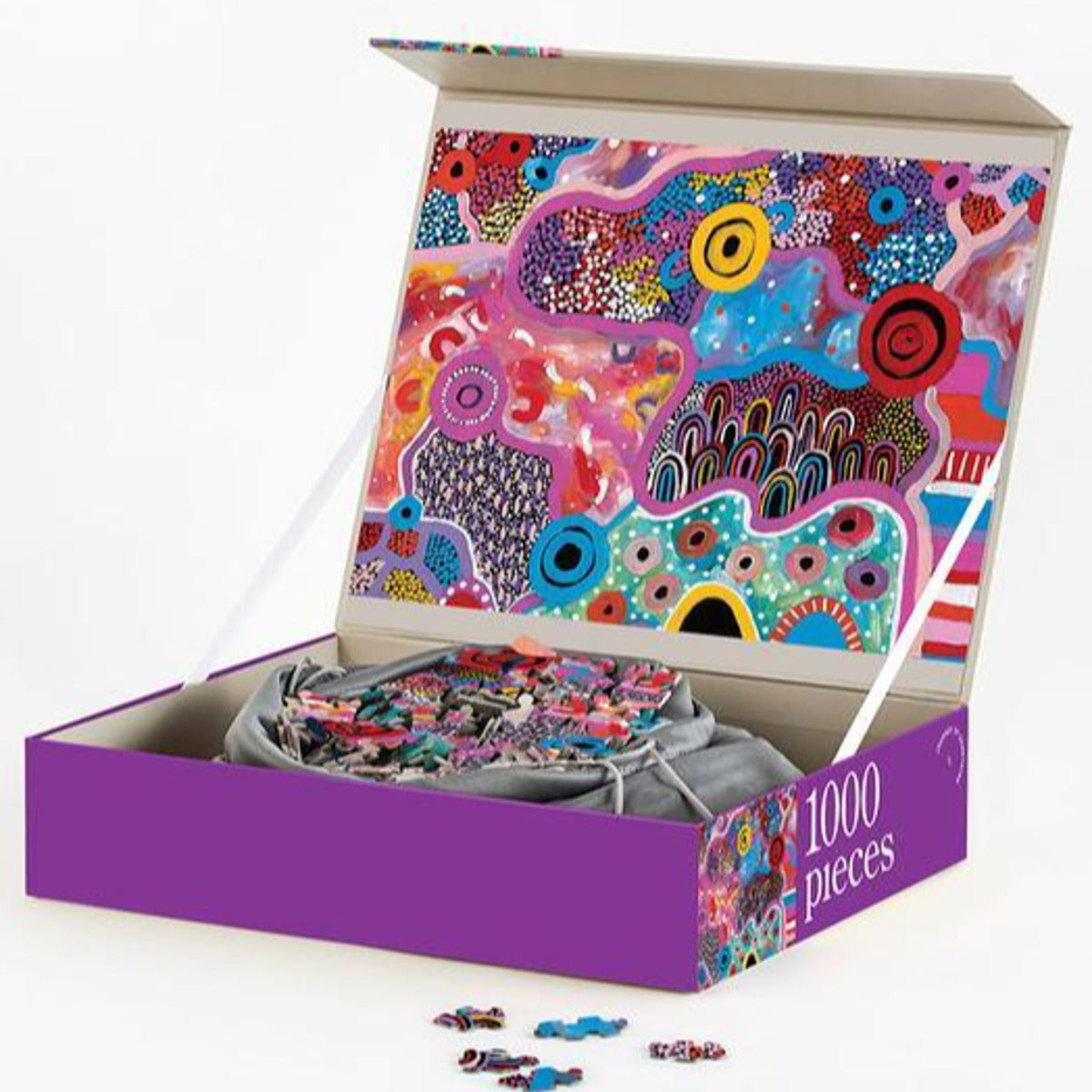
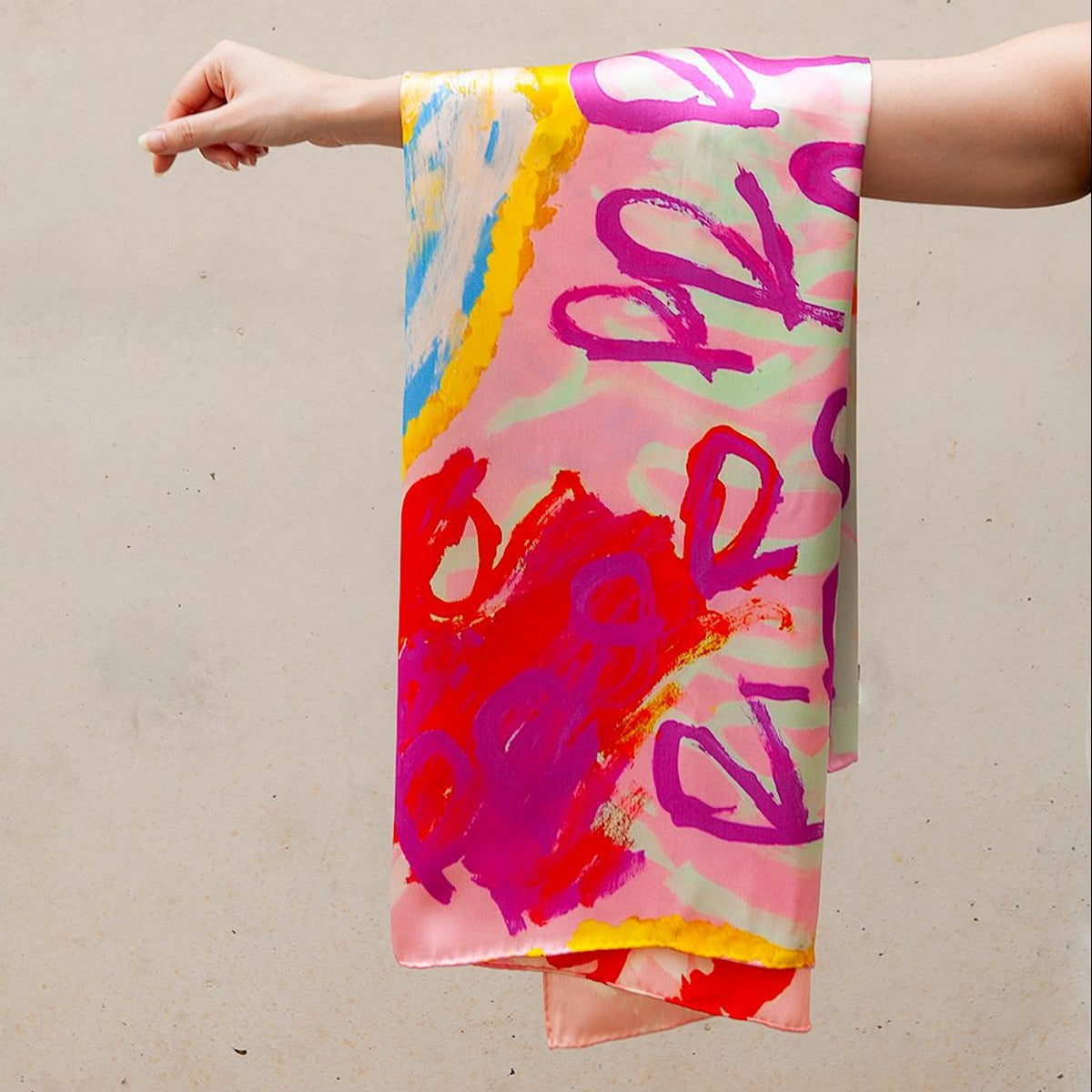


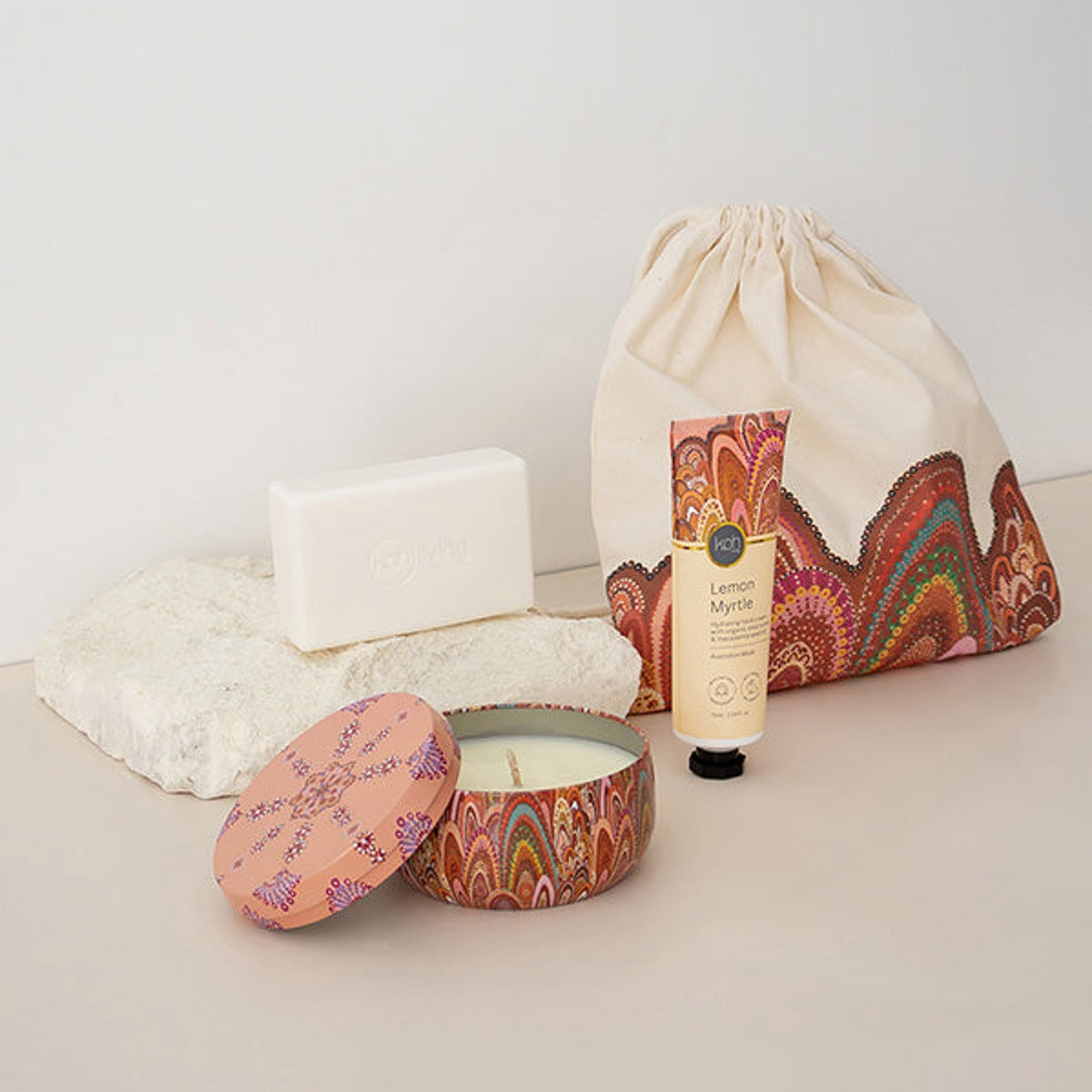
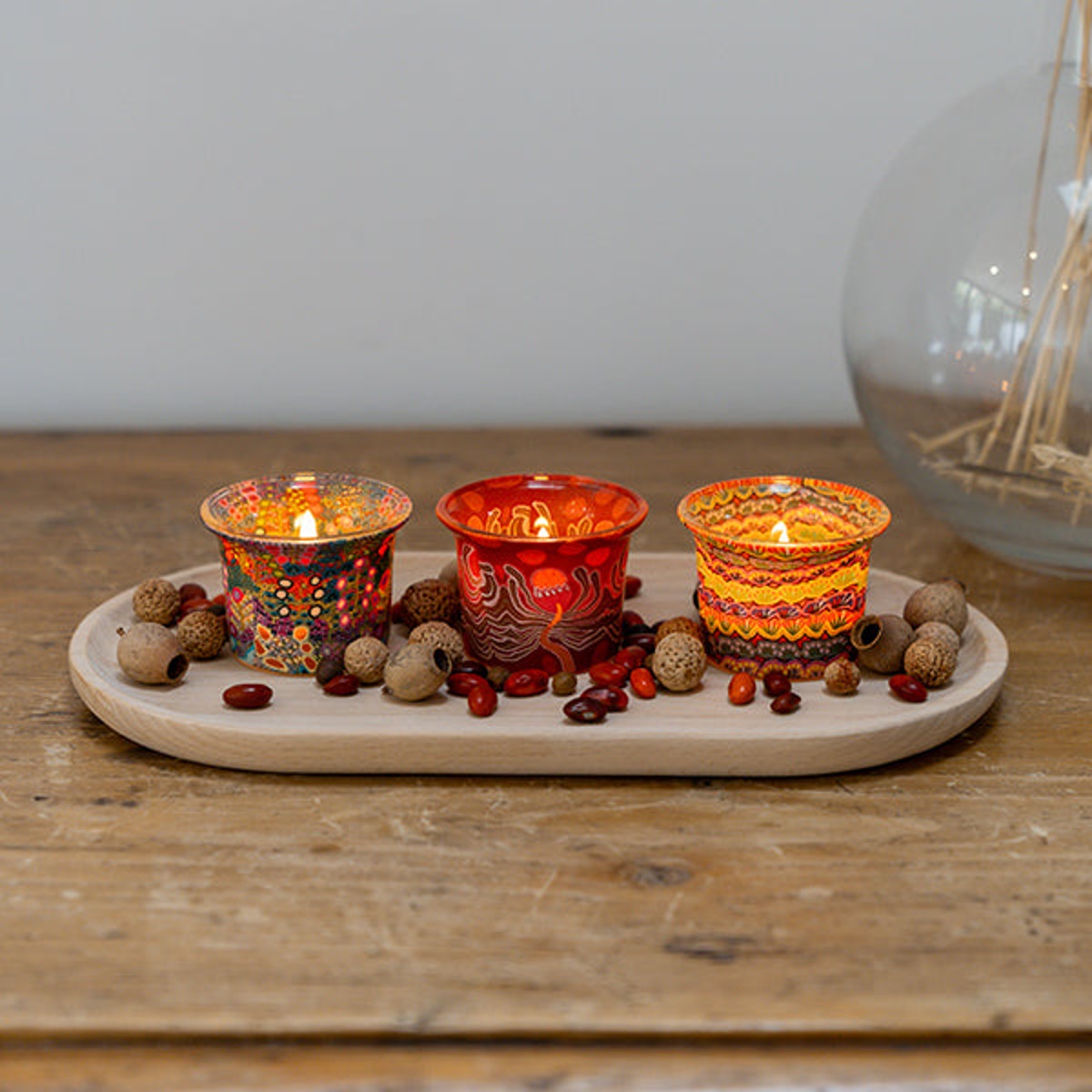
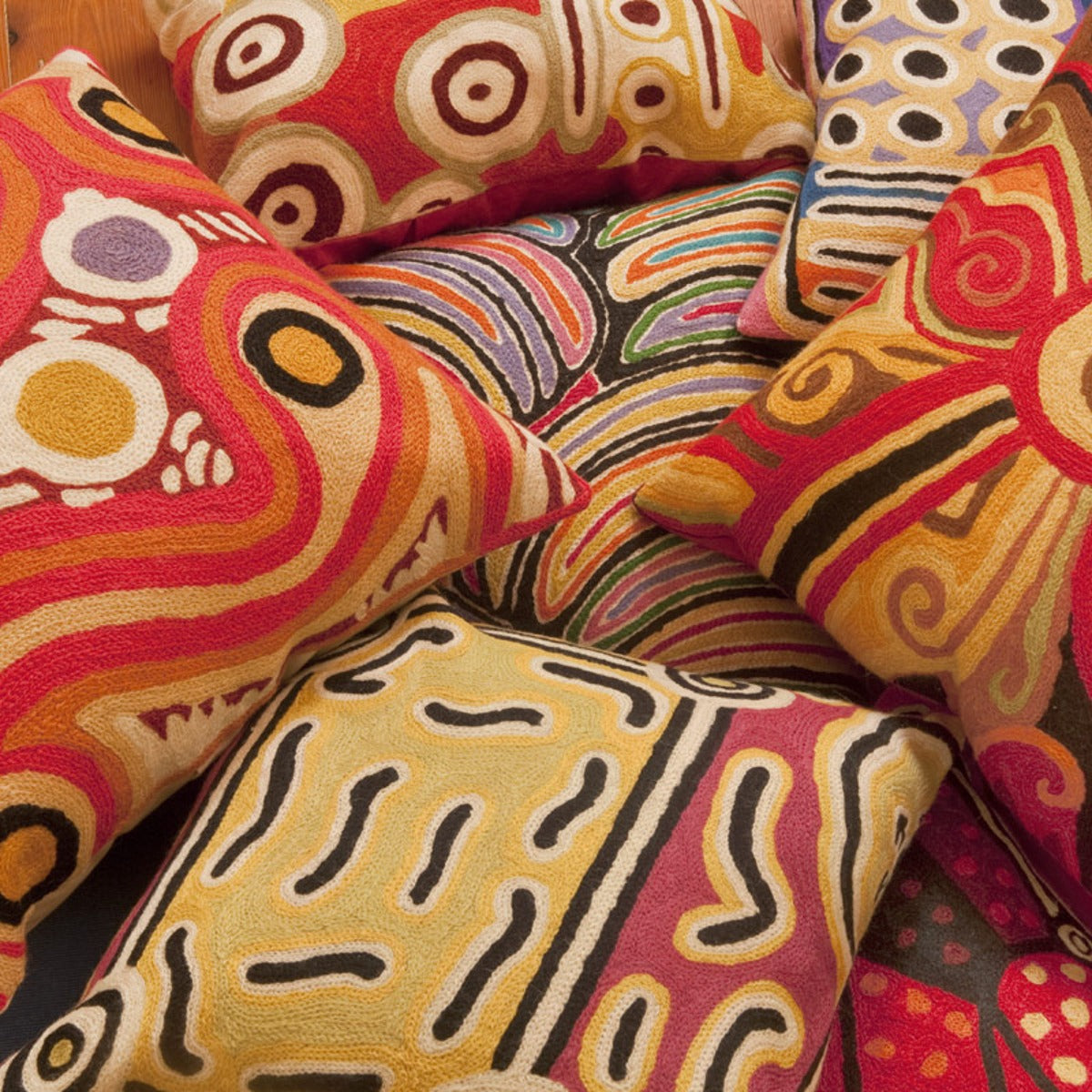
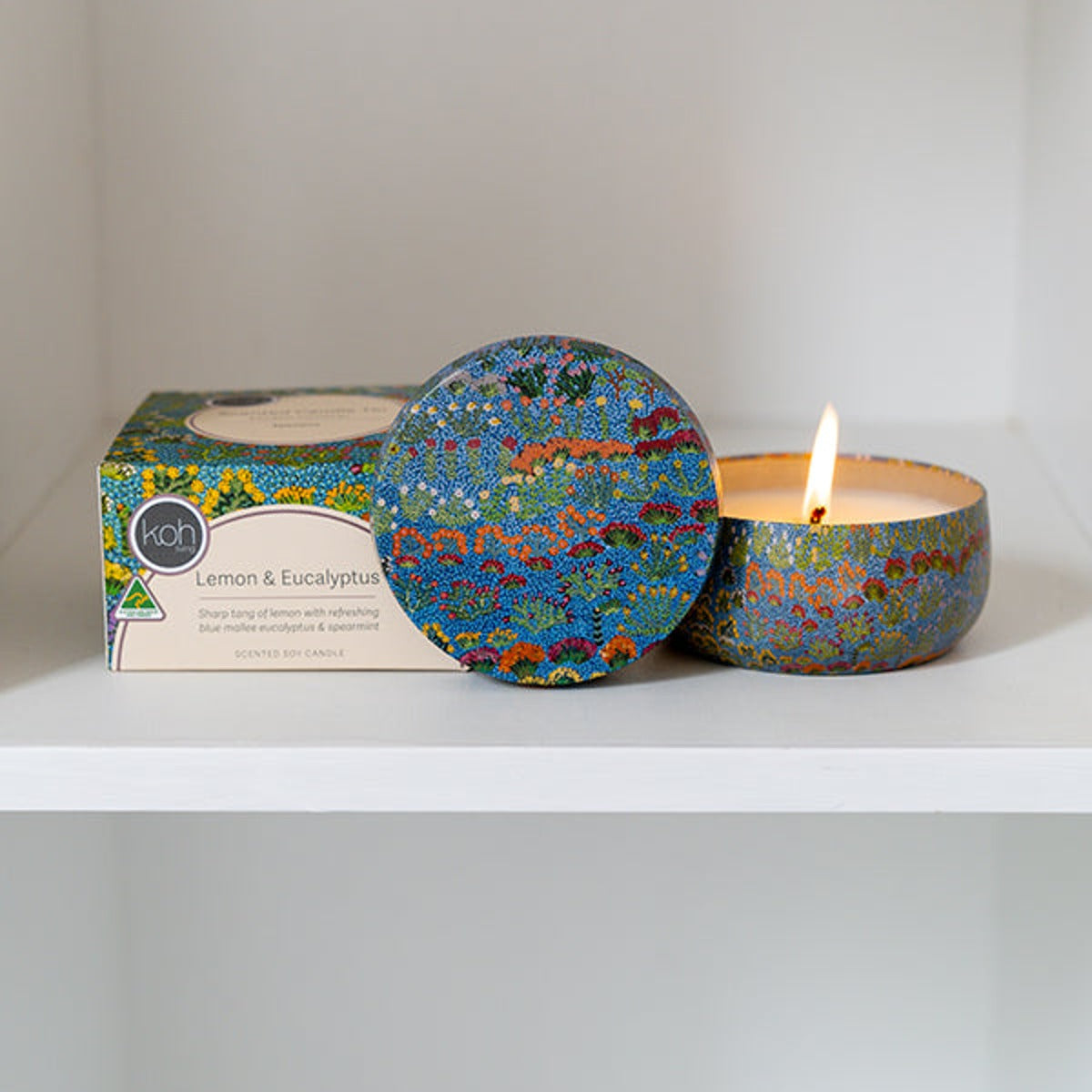
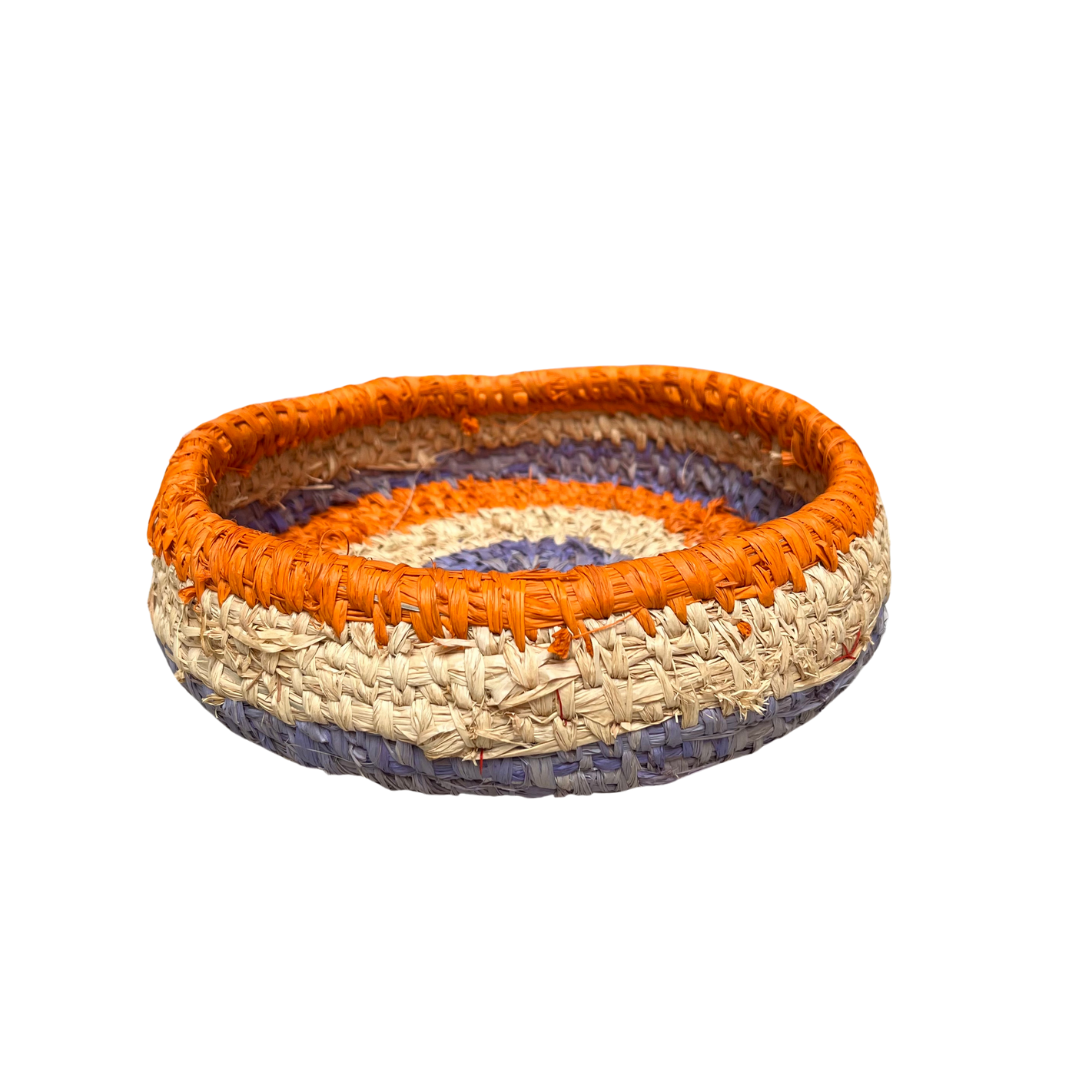
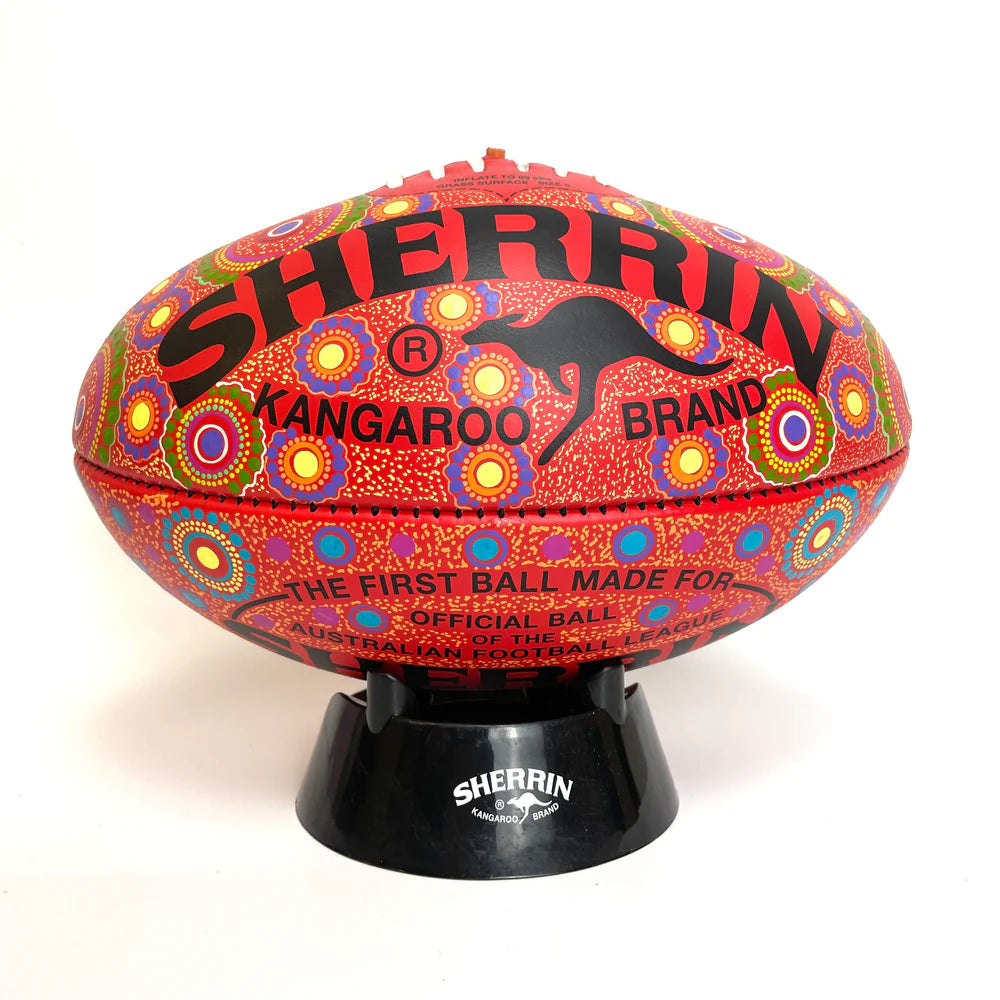
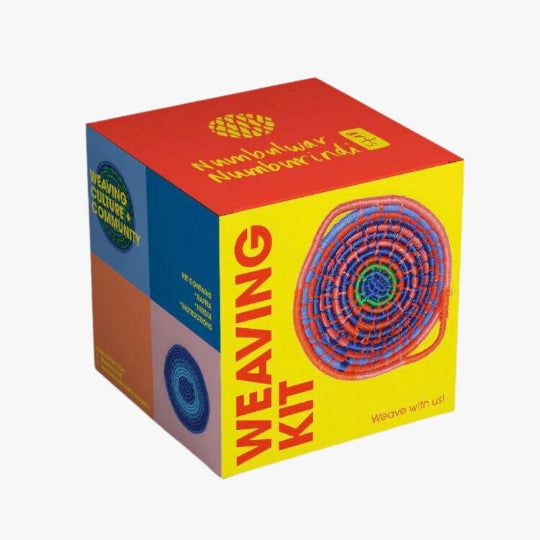
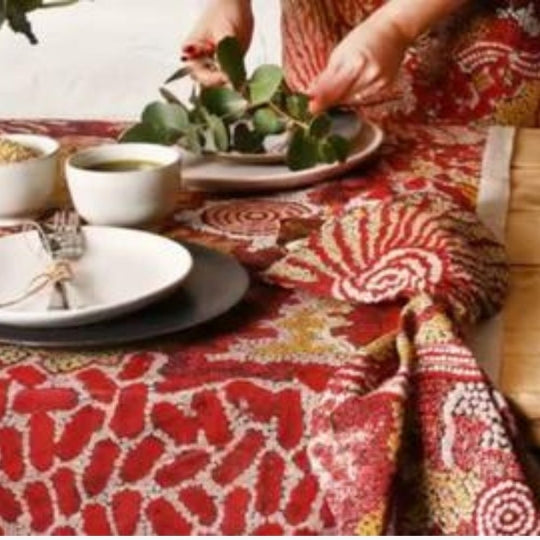
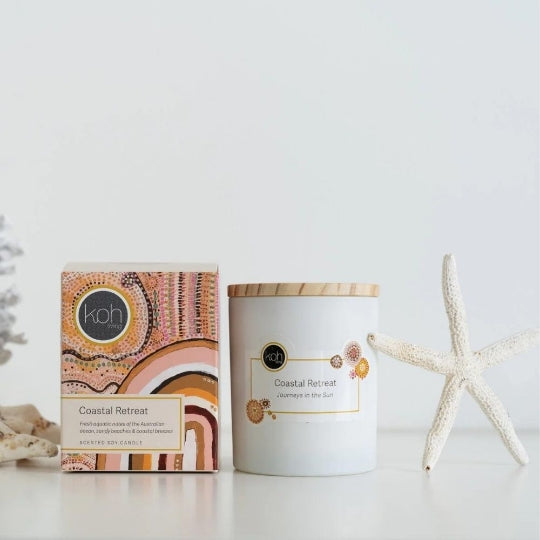
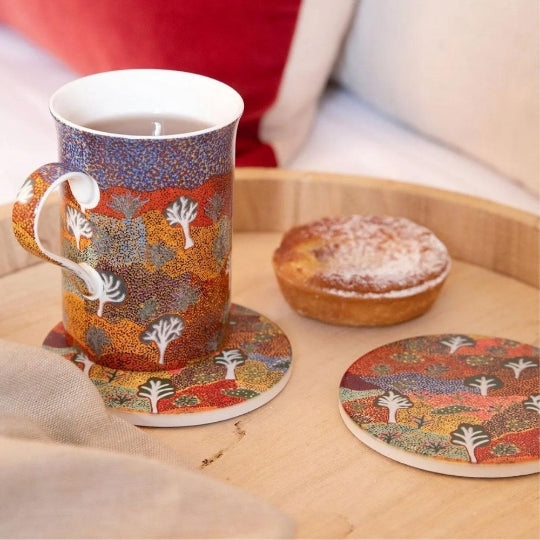
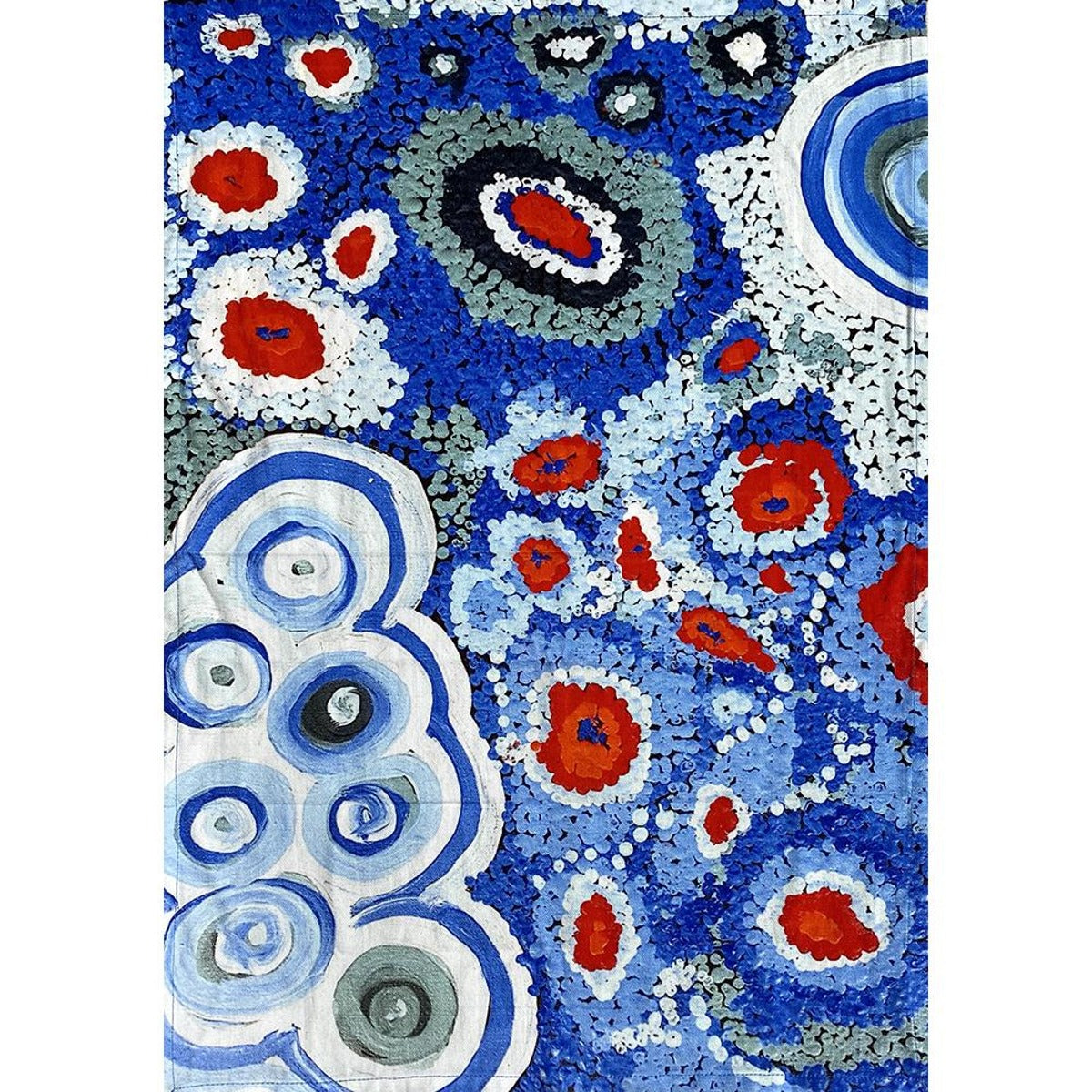

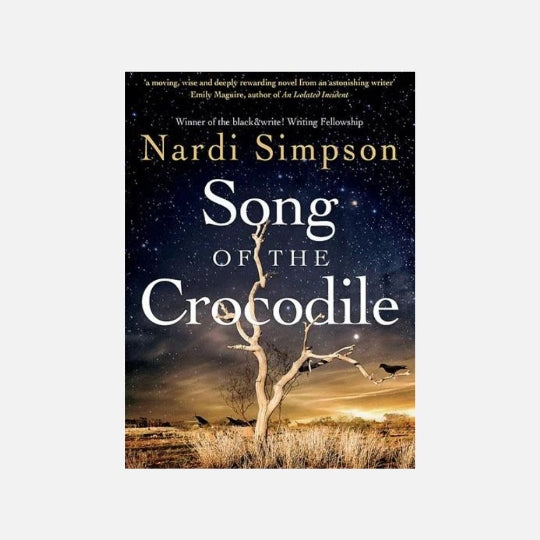

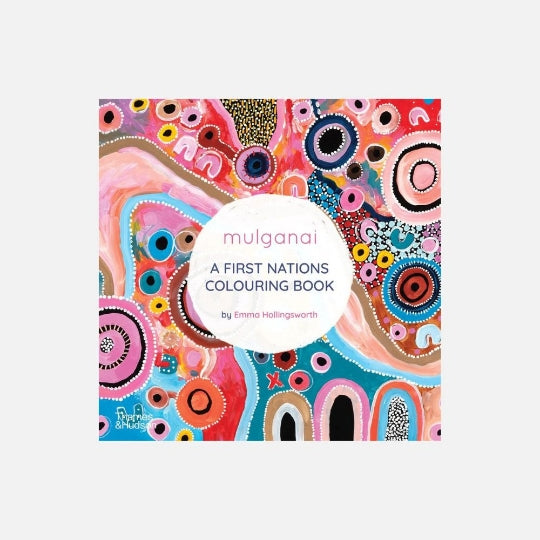
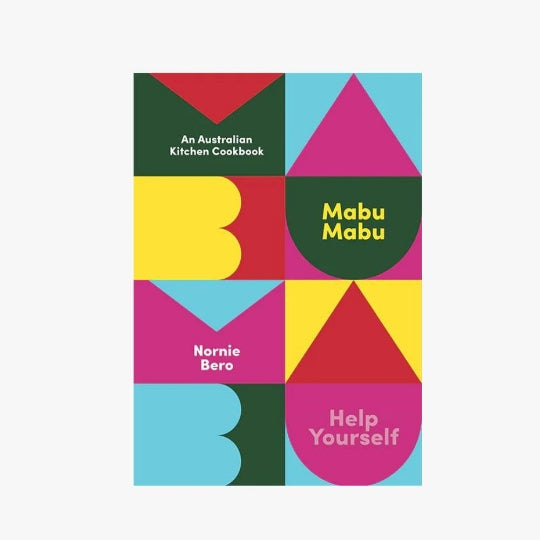
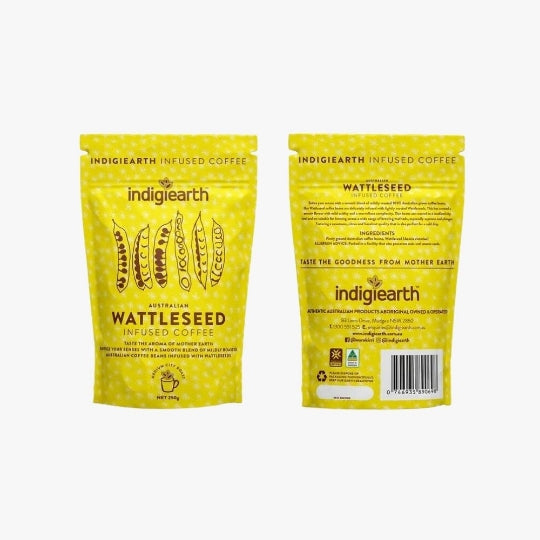
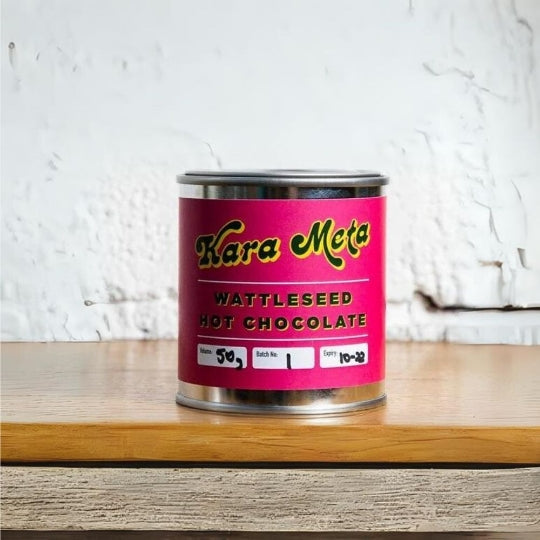
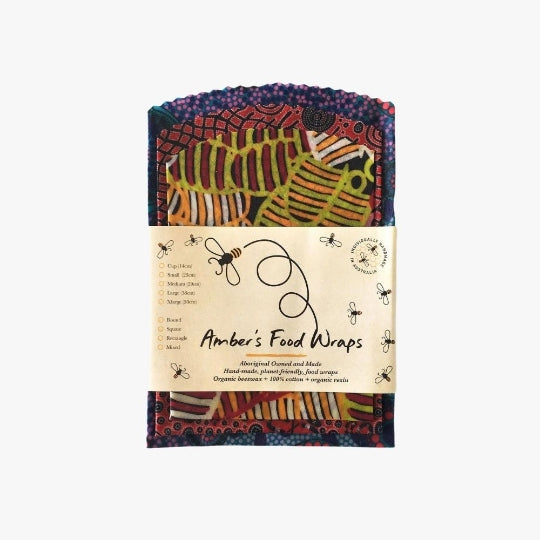
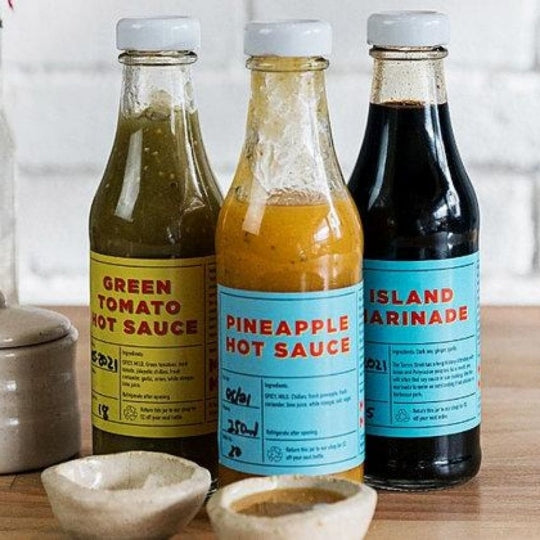
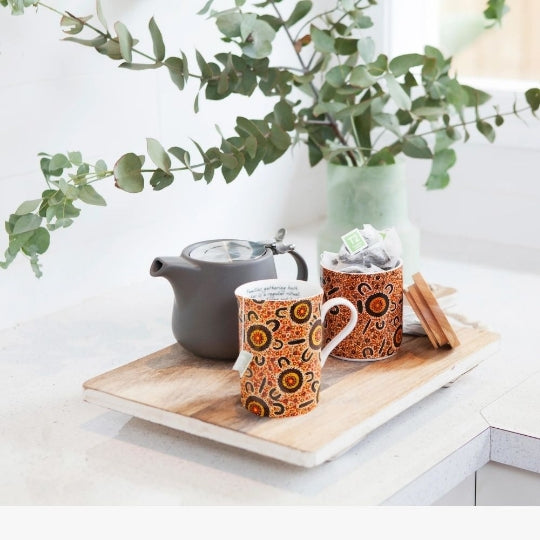
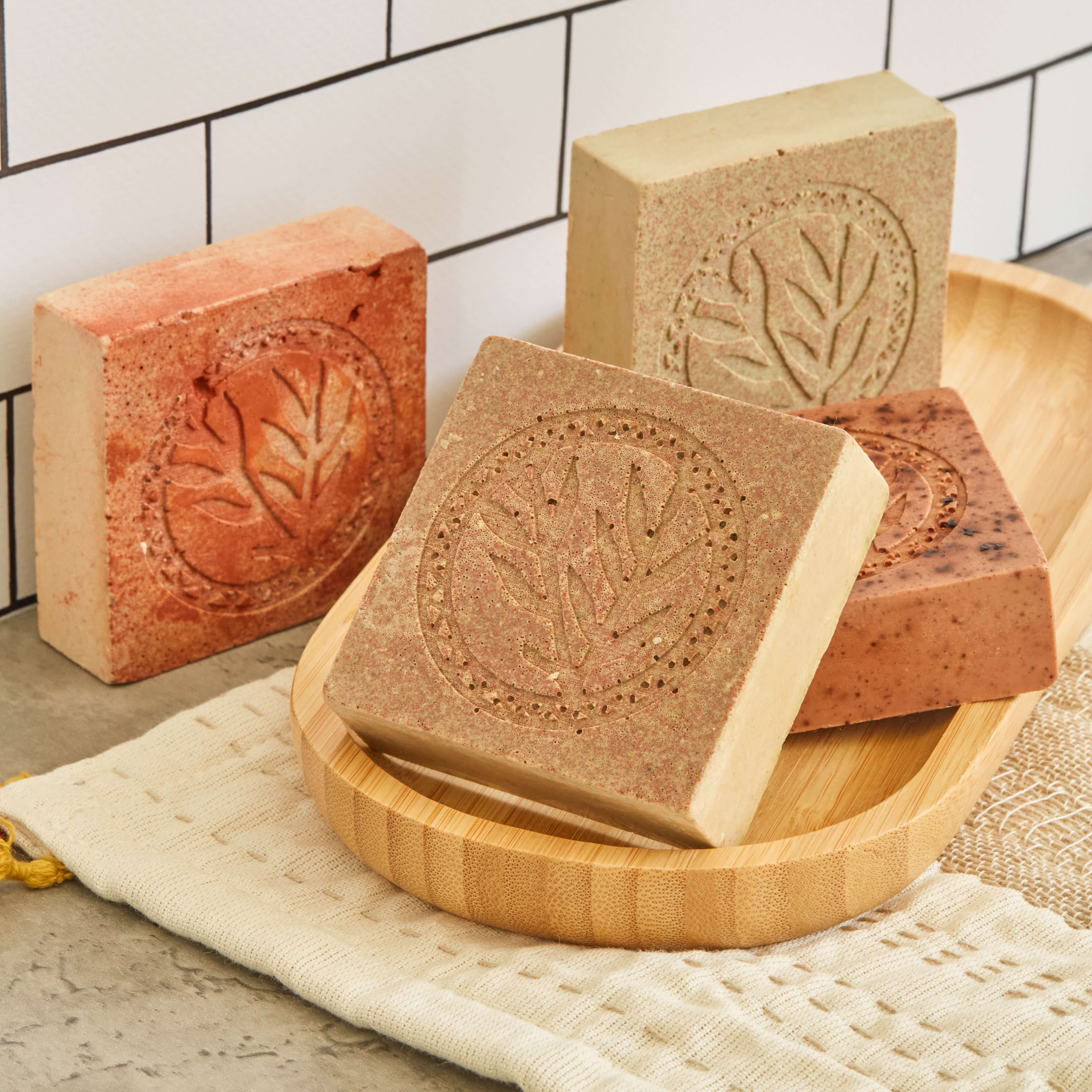
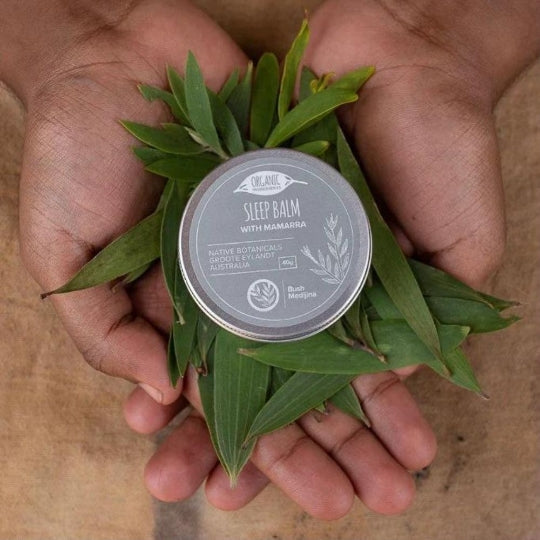
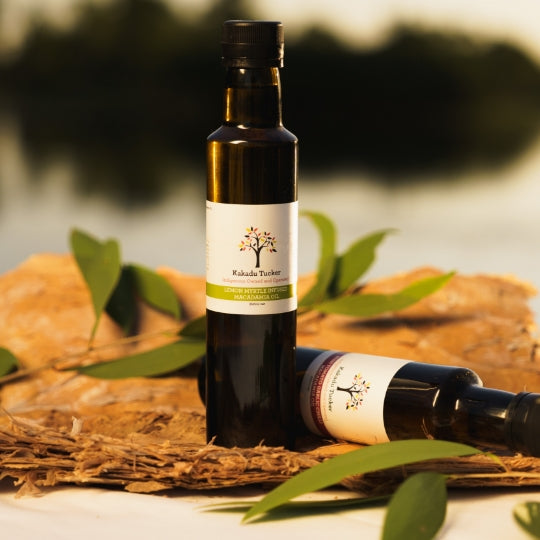

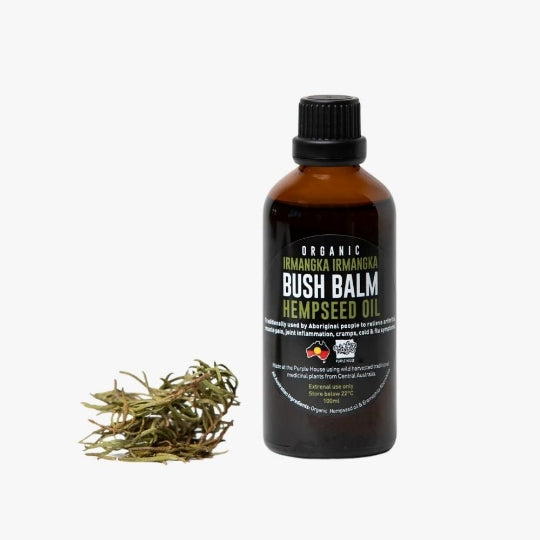
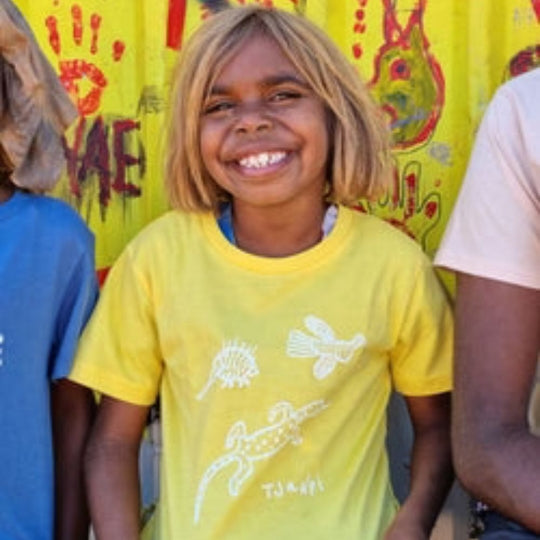
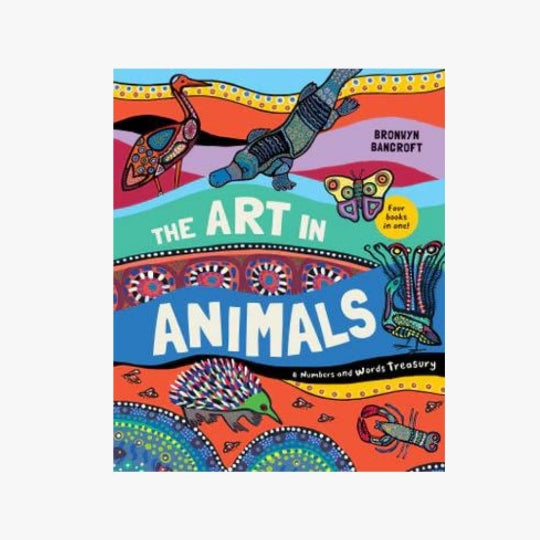
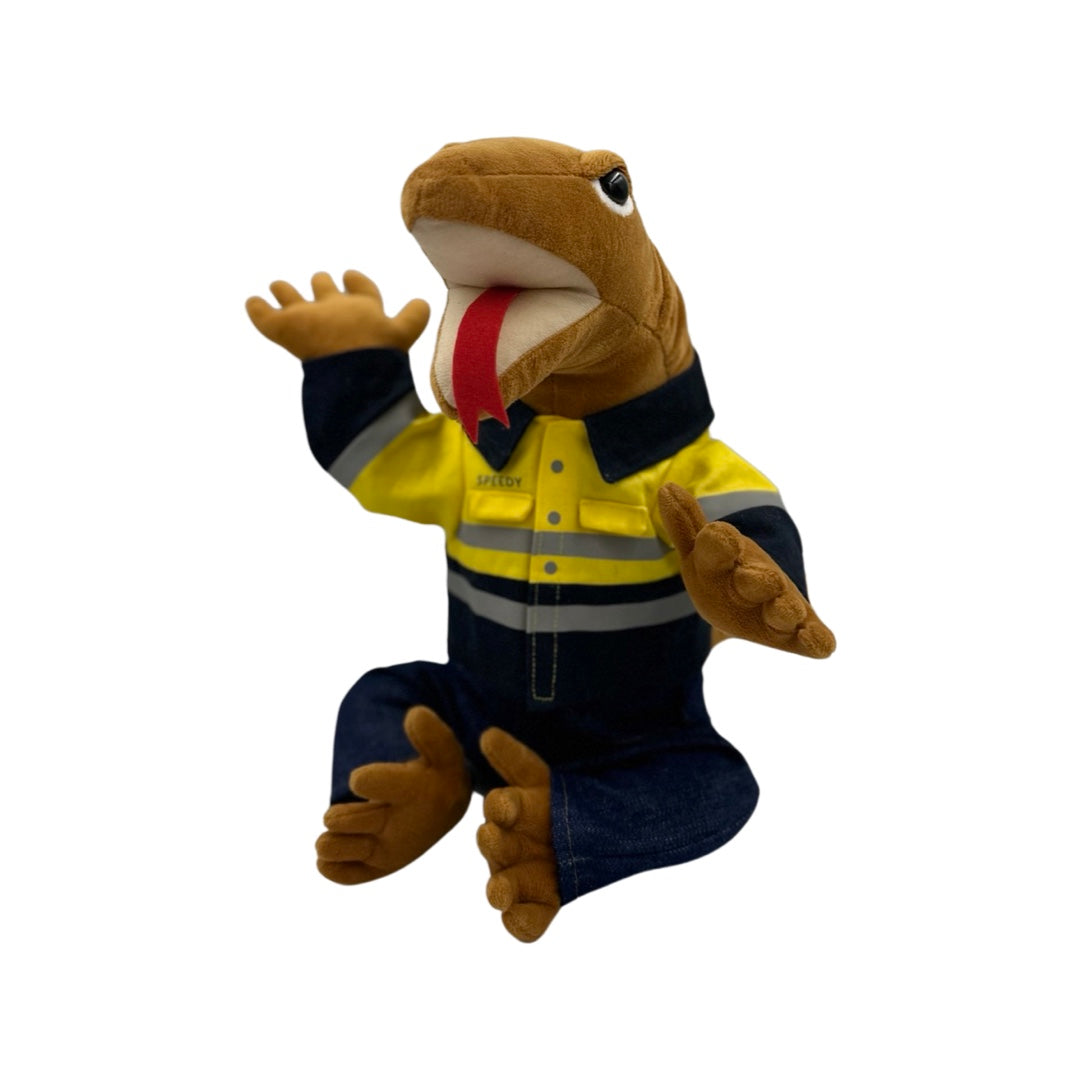
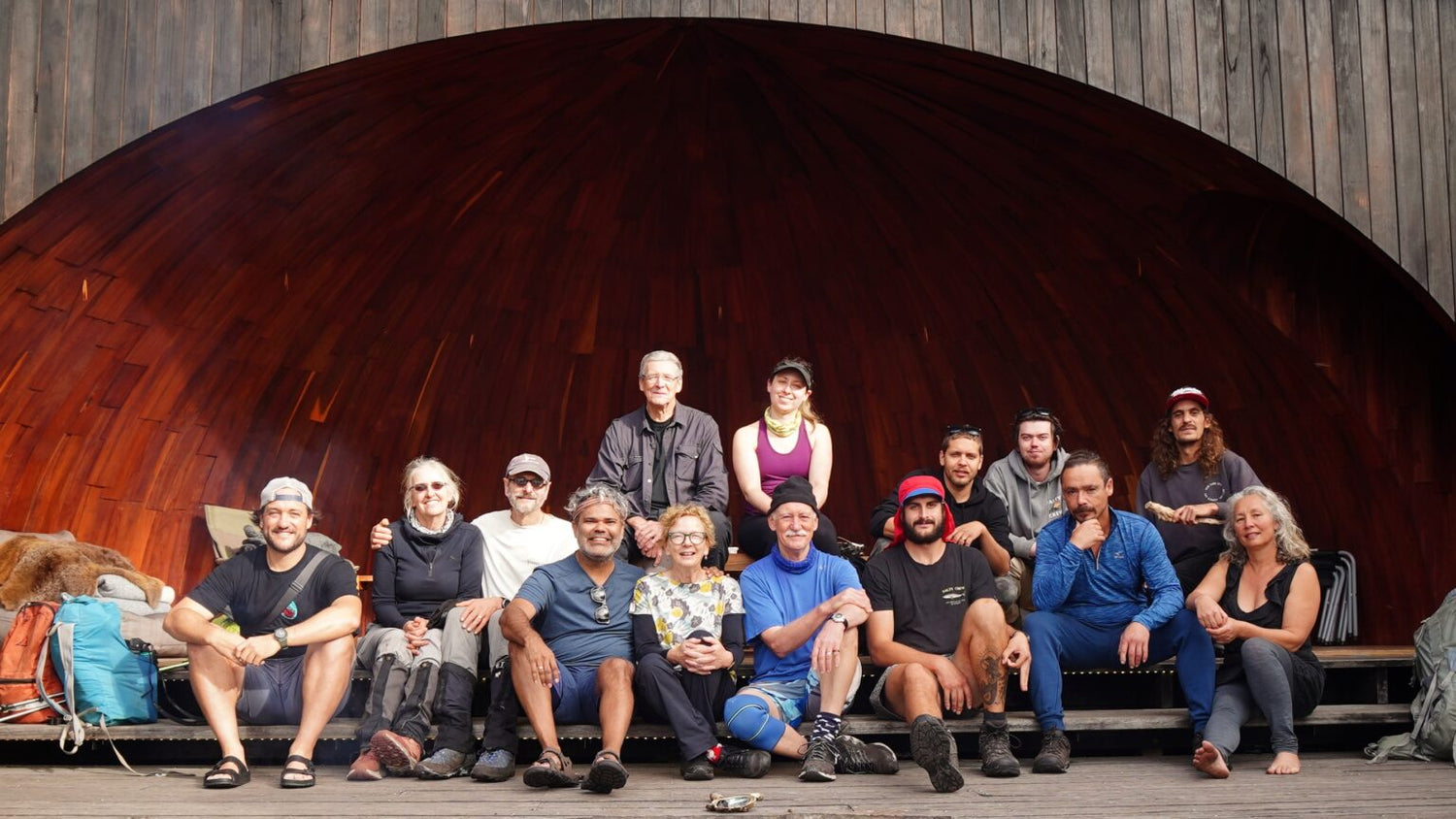
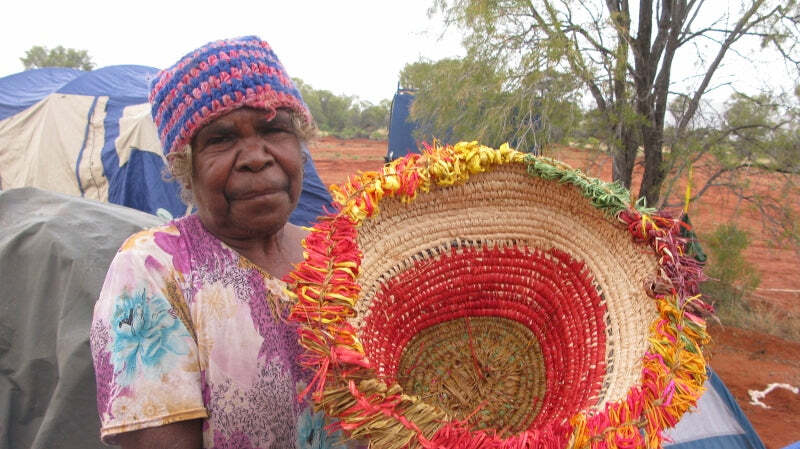
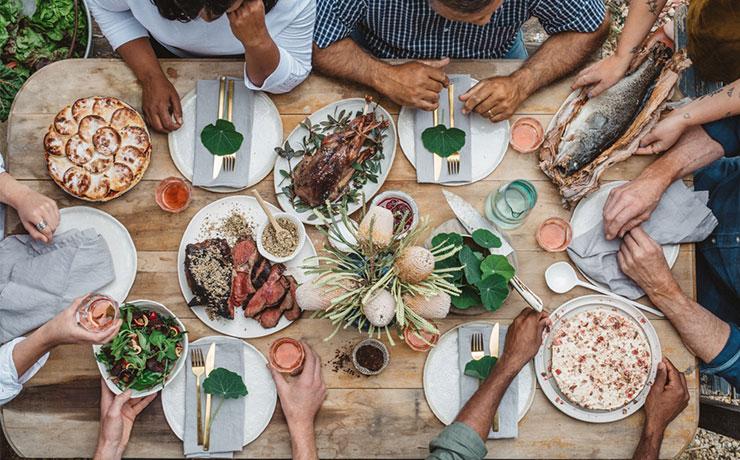

Leave a comment
This site is protected by hCaptcha and the hCaptcha Privacy Policy and Terms of Service apply.